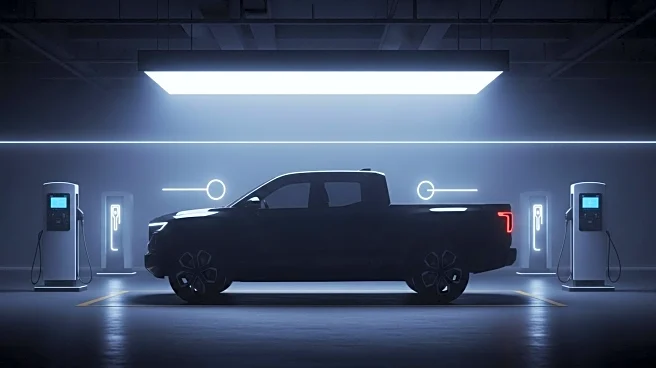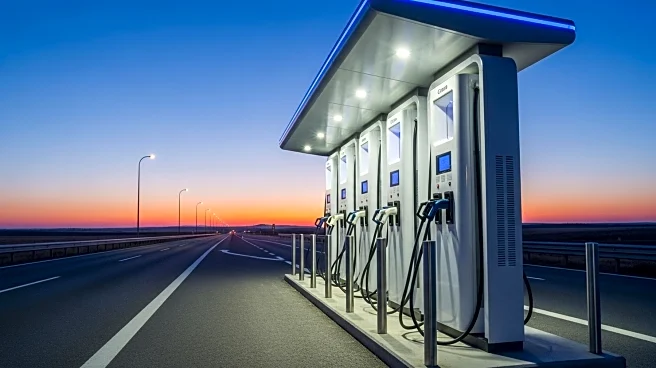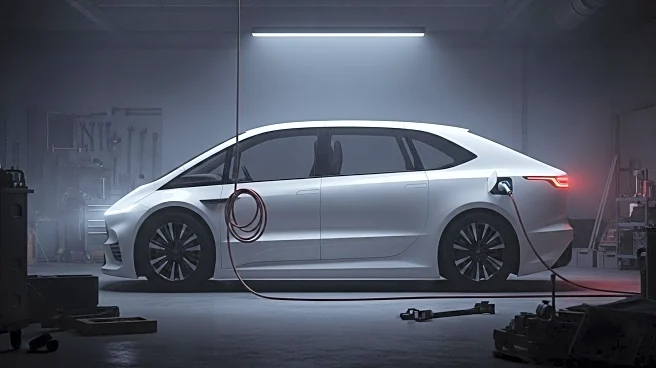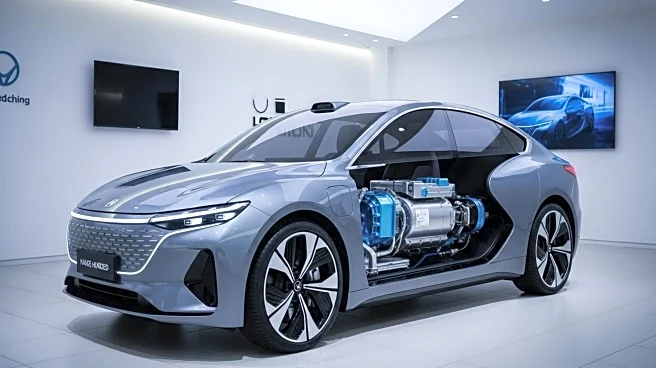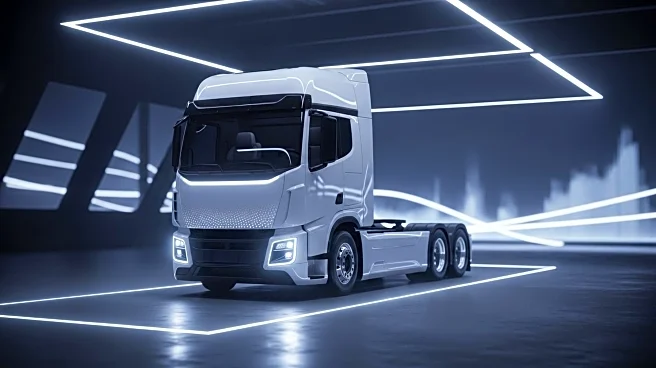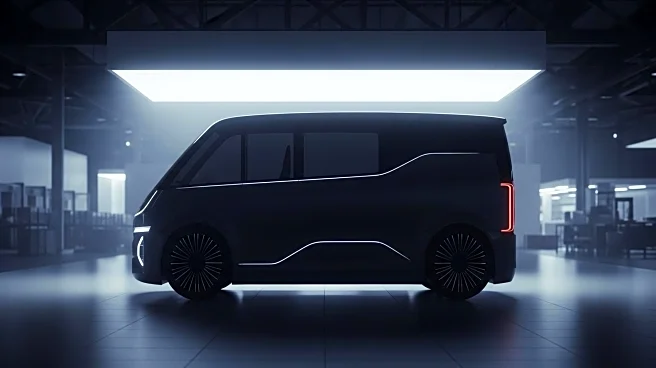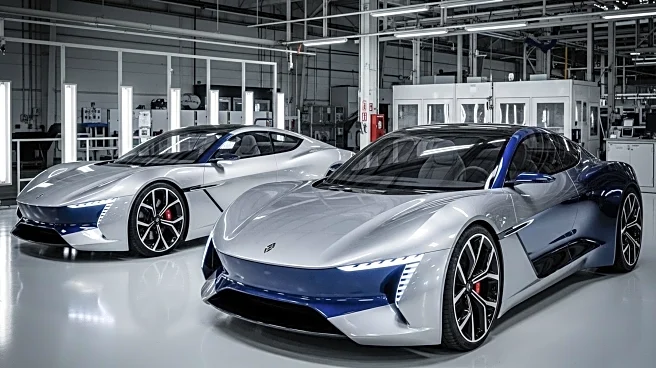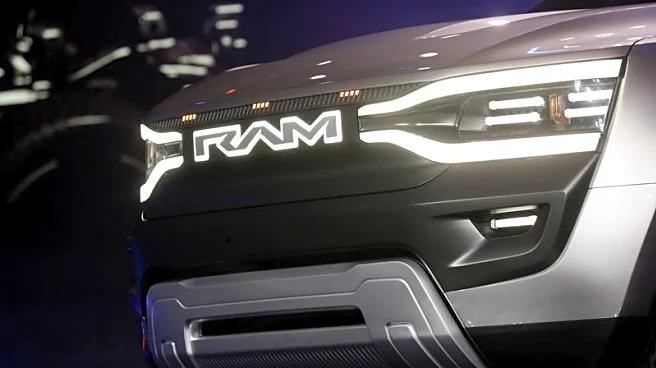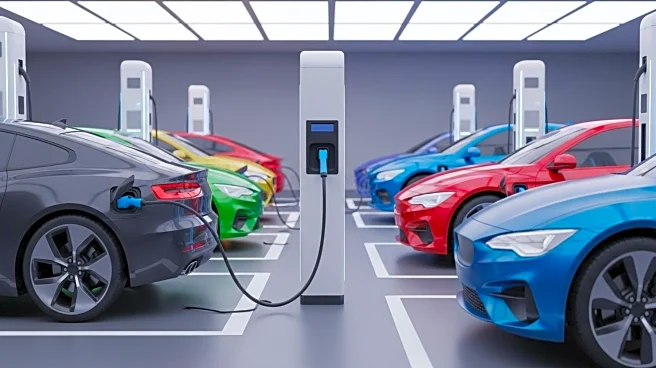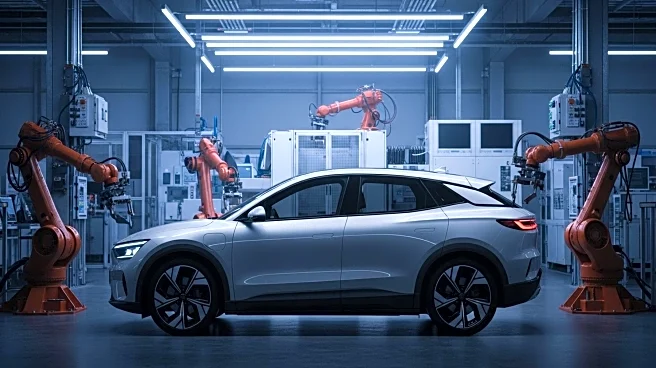What's Happening?
Stellantis, the parent company of Ram, announced it will cease development of its battery-electric full-size pickup truck, the Ram 1500 REV. The decision comes as demand for full-size battery-electric trucks in North America has slowed, prompting Stellantis to reassess its product strategy. Instead of pursuing a fully electric model, Stellantis will focus on an extended-range version of the Ram 1500, which combines a battery with a gas generator to achieve an estimated range of 690 miles. This shift marks a significant change in Stellantis' U.S. product offensive, which initially aimed to introduce over 25 new battery-electric vehicles by the end of the decade. The Ram 1500 REV was originally slated for production in 2024, but delays pushed its launch to 2026.
Why It's Important?
The decision by Stellantis to halt the development of a fully electric Ram pickup truck highlights the challenges automakers face in transitioning to electric vehicles, particularly in the full-size truck segment. This move could impact the broader EV market, as it suggests a potential reevaluation of consumer demand for electric trucks. The extended-range Ram 1500 may appeal to consumers who are hesitant about fully electric vehicles due to range anxiety, offering a compromise between traditional and electric powertrains. This strategy could influence other automakers to reconsider their EV plans, potentially slowing the overall shift towards electrification in the automotive industry.
What's Next?
Stellantis plans to begin production of the extended-range Ram 1500 in 2026. The company will likely focus on marketing the vehicle's extended range and towing capabilities to attract consumers who prioritize performance and practicality. As the automotive industry continues to evolve, Stellantis may face pressure from competitors who are advancing their electric vehicle offerings. The company's decision could also prompt discussions among industry stakeholders about the future of electric trucks and the balance between innovation and consumer demand.
